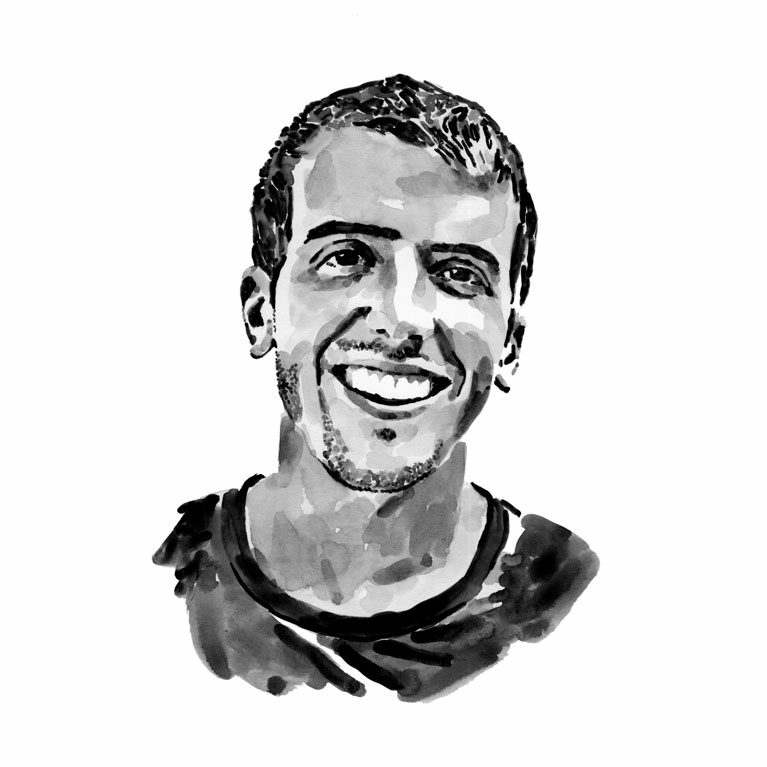Miguel Gandra

Who I am
Having been born and raised in Portugal, a country flanked by the Atlantic Ocean and with a biodiverse shoreline, I was always intrinsically connected to the marine environment. It was more than an interest; I felt a deep connection and a sense of awe every time I stepped into the ocean. This connection continued to evolve as I started free-diving and delving into the world of underwater photography. After that, I was certain that I wanted to pursue a career focusing on ecological research and marine conservation. Consequently, after graduating in biology at the University of Porto, I moved to southern Portugal where I obtained an MSc degree in marine biology at the University of Algarve. During this time, I was fortunate enough to dive in places spanning from Iceland to Australia and to work alongside many amazing scientists and on many different topics. I have assisted in the deployment of biomimetic sensors all along the coast of north-western Europe; conducted field and sea surveys of Portuguese men-of-war; worked on a large European project to improve the science–policy–society interface; and helped in the publishing of one of the largest datasets on cetacean occurrences in the eastern North Atlantic. All these experiences ultimately provided me with different but complementary views on marine ecological research and have deepened my commitment to marine conservation. While following this path, I also started to learn the fundamentals of computer science and programming, and my interest in bio-informatics started to spike. I am currently developing my PhD project on the movement ecology of several marine megafauna using a combination of biologging/biotelemetry methods and advanced computational frameworks.
Where I work
I am currently working at CCMAR (Centre of Marine Sciences), located in the Algarve, southern Portugal. Often recognised as a tourist destination, the Algarve harbours unique marine environments and features a high diversity of marine species and habitats. With a coastline stretching for more than 200 kilometres (124 miles), it is situated in a biogeographic transitional zone and in a confluence of different water bodies (Mediterranean, temperate and tropical Atlantic), which makes it a perfect location for marine ecological studies. For the smooth hammerhead project, we will be concentrating our efforts on the western side, around Sagres, where nursery habitats are believed to be located. In this region, there is a distinctive submarine canyon that influences hydrodynamic conditions and attracts several species, including sharks, such as blue, hammerhead, mako and thresher, and other pelagic fish like tuna and marlin. However, this is also one of the regions in Portugal with the highest percentage of the working population directly or indirectly involved in fisheries. Consequently, these habitats are subjected to significant pressure from both tourism and fishing activities, which places even more urgency on the need for effective science-based management.
What I do
Life in the oceans is highly interconnected and astonishingly complex. Many species, including sharks and other fish, can migrate incredible distances to feed or reproduce, crossing entire oceans during their journeys. Yet tracking their movements underwater remains a challenge and, for this reason, there is still a widespread lack of knowledge about the spatial ecology of many marine species. In an attempt to overcome some of these difficulties, in my doctoral project I will be using biotelemetry and biologging techniques to investigate the movements of several marine megafauna. These methods consist of using small, animal-borne electronic devices (tags) that can collect physiological/behavioural data on marine organisms and/or convey information about their approximate location. Hence, part of my work involves going out to sea to attach these tags to the animals, as well as diving to assist in the maintenance of the acoustic receiver network deployed in the area. Apart from these (more memorable) days of field work, however, most of my time is spent behind a computer. From data processing to statistical analyses and writing, computer work is more and more an integral part of any scientific study. Being a quantitative ecologist, I have the luck of being able to work remotely whenever needed and dedicate some of my time to outreach and educational activities as well.
